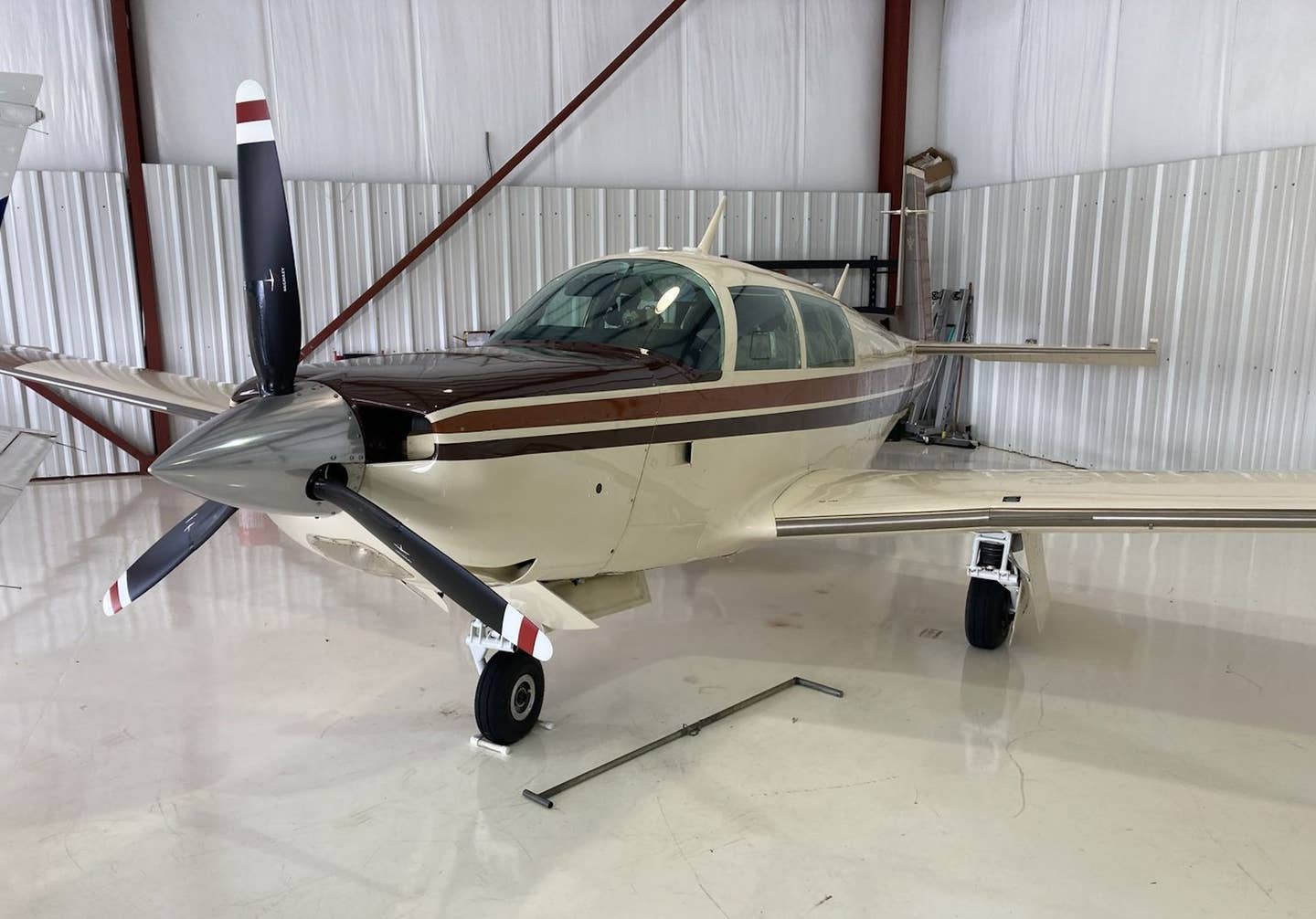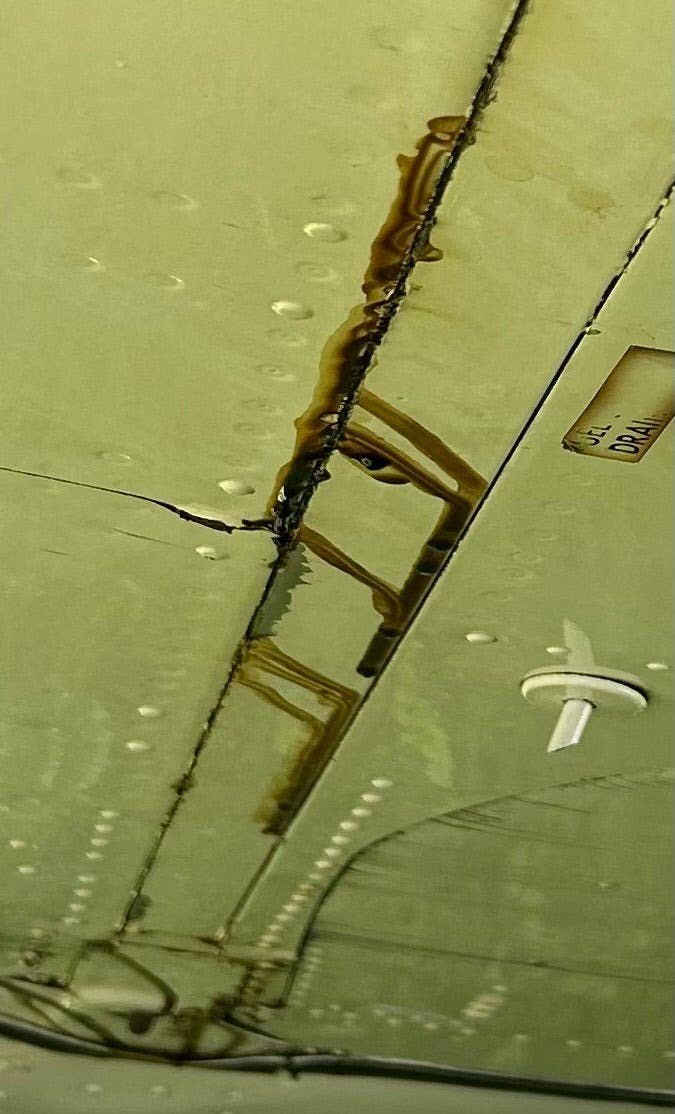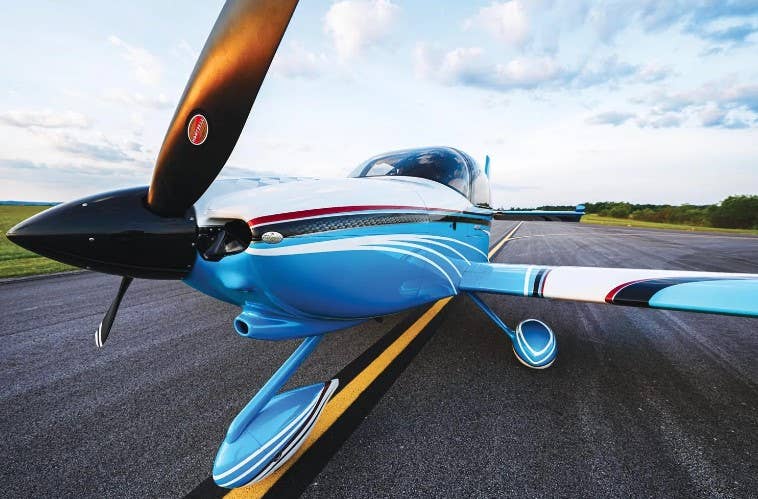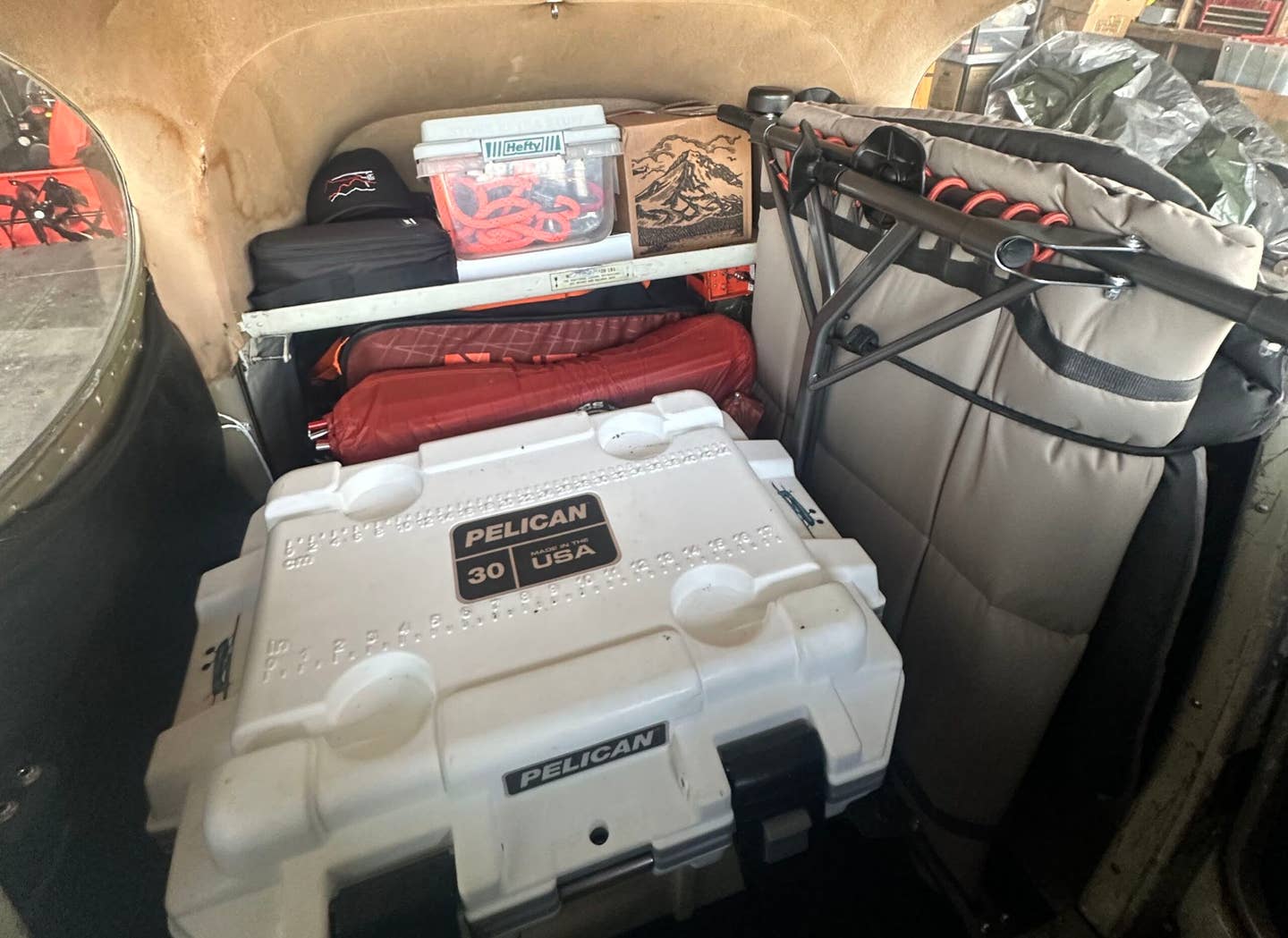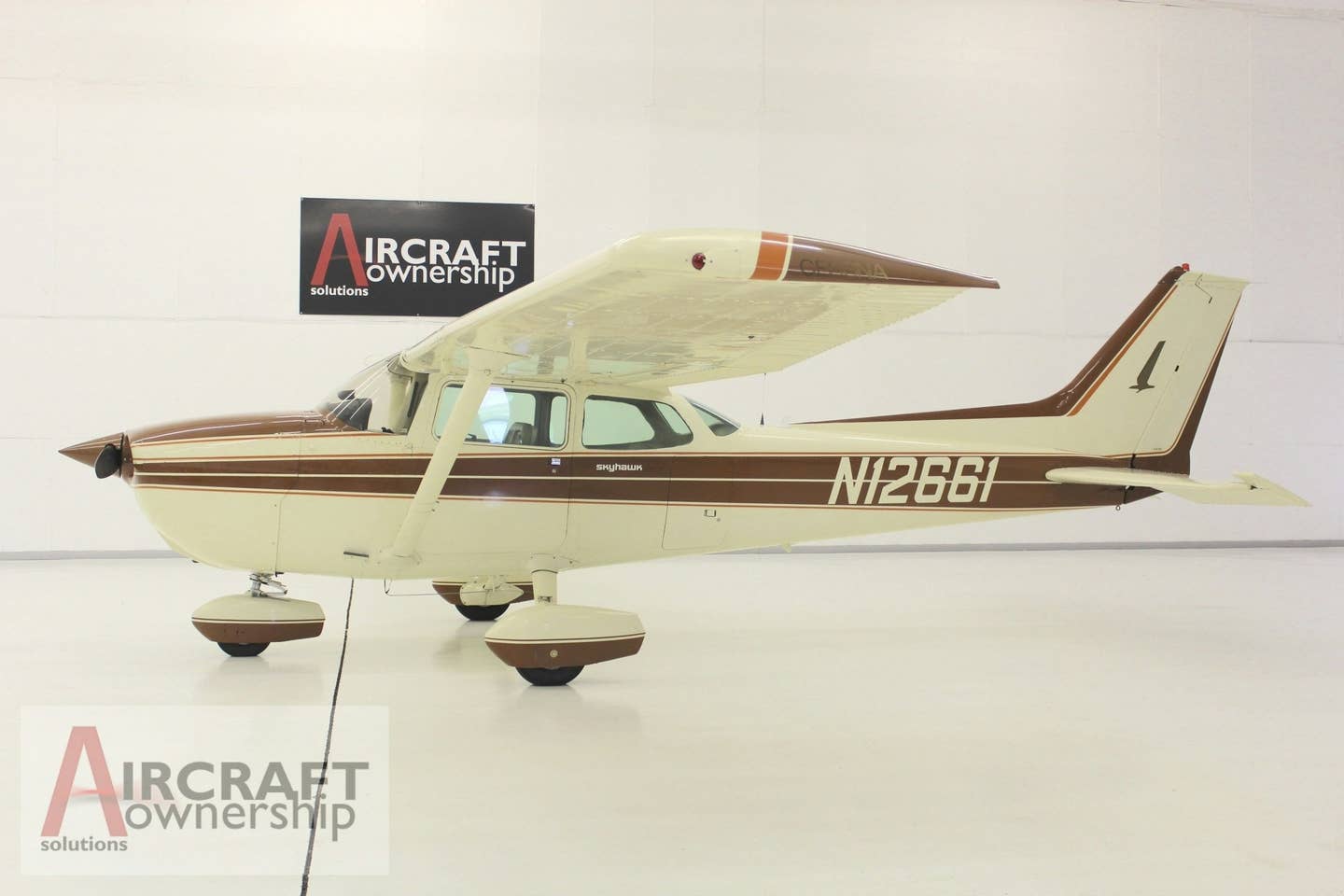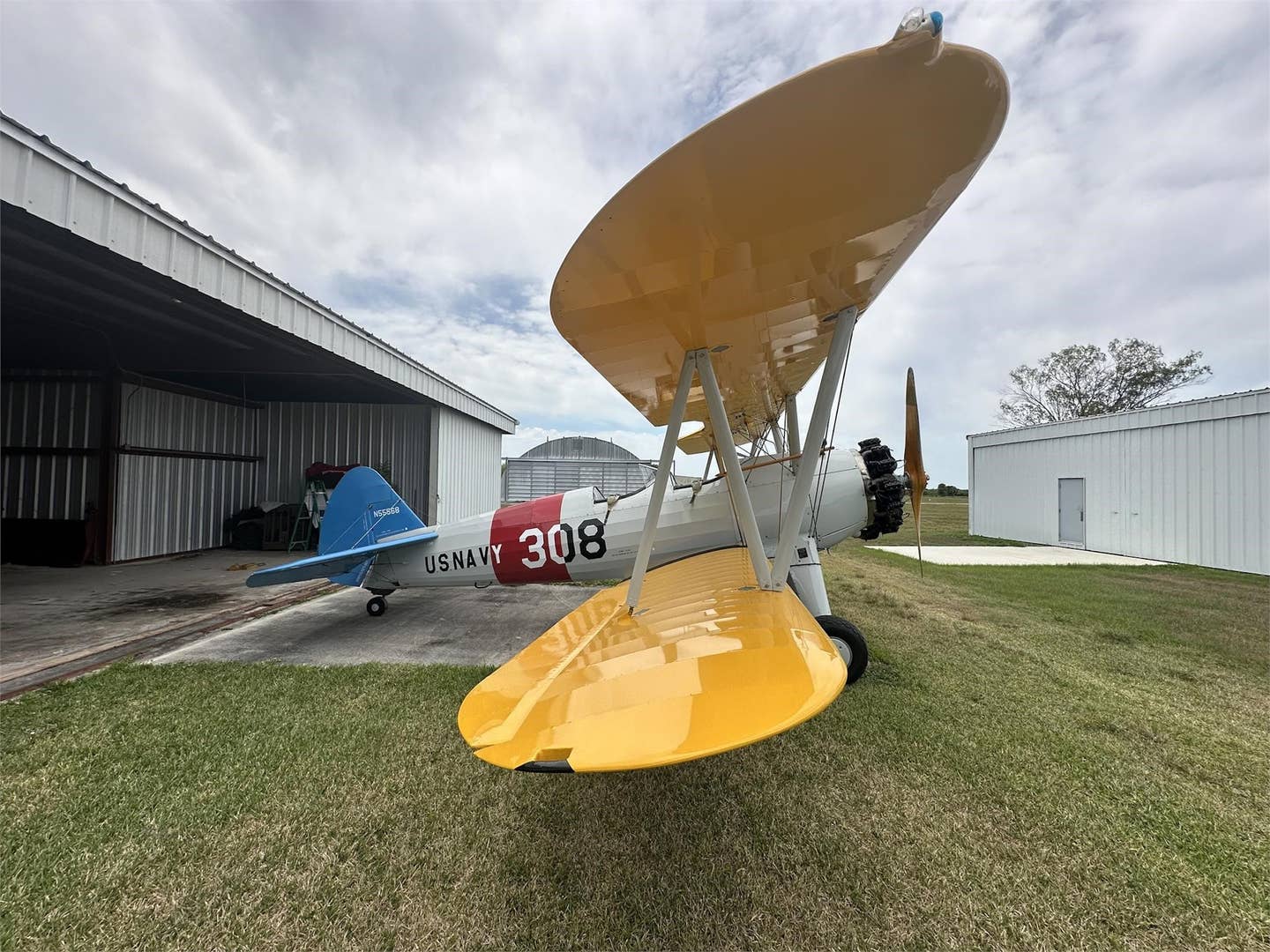How the Douglas Aircraft Company Created the DC-3, Part 1
Was it the greatest airplane of its time—or all time?
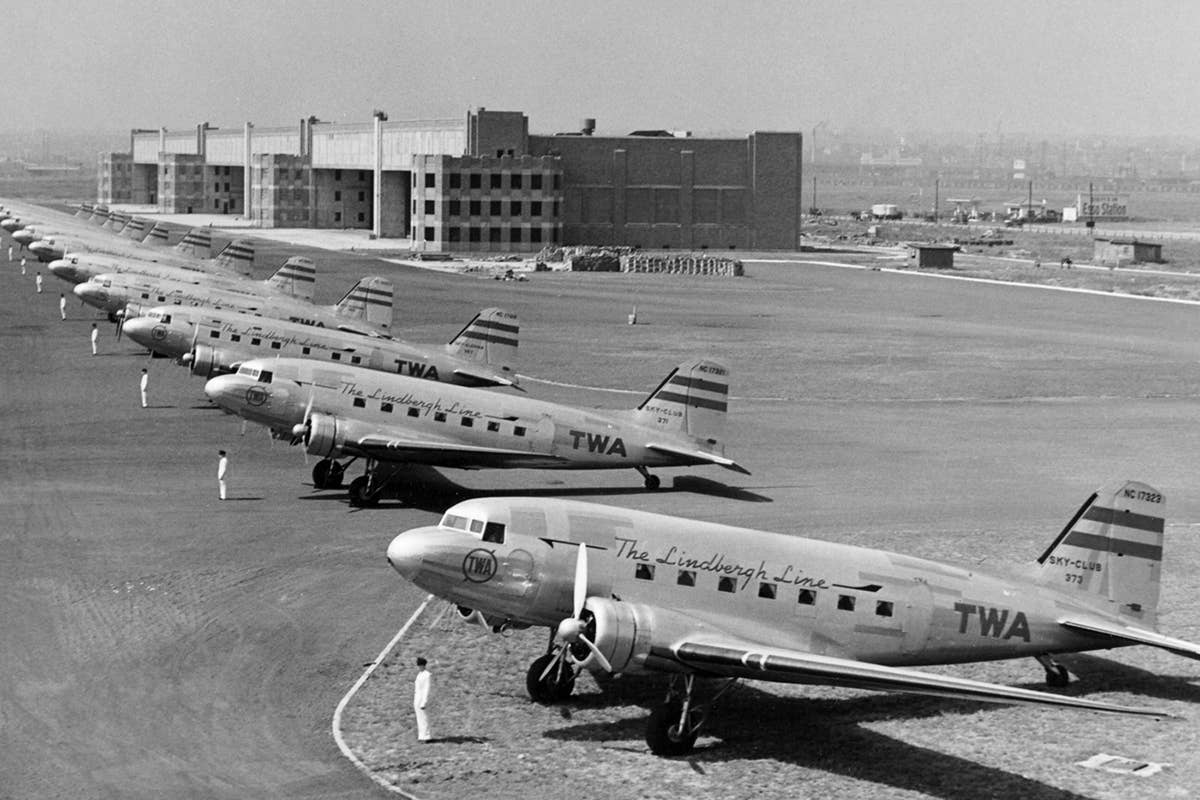
Twelve TWA DC-3s and DC-2s lined up at Newark Airport in the late 1930s.
[Courtesy: airhistory.net]
According to Boeing (NYSE: BA), which through acquisitions owns what began as the Douglas Aircraft Company, “The Douglas DC-3, which made air travel popular and airline profits possible, is universally recognized as the greatest airplane of its time. Some would argue that it is the greatest of all time.” While it might sound biased, many would agree.
The DC-3 was not only comfortable and reliable, it also made air transportation profitable. C.R. Smith—who is considered one of the giants of U.S. airline history—became the president of American Airlines following the reorganization of American Airways into the new company. Smith was significantly involved in the airplane’s evolution from the beginnings of the Douglas Commercial series. According to simpleflying.com, Smith said the DC-3 was the first airplane that could make money just by hauling passengers, without relying on government mail subsidies.
To understand the true impact of the DC-3, one must first understand the state of the U.S. aircraft and airline industries in the early 1930s.
Background
Donald W. Douglas (1892-1981) became interested in aviation as a youth; he saw the Wright brothers demonstrate their 1908 Flyer for the U.S. Signal Corps at Ft. Myer, Virginia.
In 1912, Douglas left the U.S. Naval Academy and took a position in the civil engineering program at the Massachusetts Institute of Technology, as the university’s aeronautical engineering program was still under development. Under Jerome Hunsaker’s tutelage, he took on a graduate assistant role within the nascent department following his initial graduation in 1914, and helped with the construction of a new wind tunnel based at the National Physical Laboratory in Teddington, England. After a series of short-term positions at other aircraft manufacturers—and with the Signal Corps, he formed the Davis-Douglas Company in California and designed the Cloudster in 1920—the first aerodynamically streamlined airplane. With the financial backing of several California businessmen, Douglas founded The Douglas Company in Santa Monica, California in 1921.
A pair of Douglas World Cruisers—out of an original flight of four aircraft, with one spare—completed the first circumnavigation of the globe by air in 1924, just a little more than 20 years after the Wright brothers first flight. This achievement confirmed the Douglas Company’s early success and presaged it well for the future.
Contracts from the U.S. Army Air Service and the U.S. Navy generated ongoing revenue, and the company grew significantly during the 1920s. However, Douglas realized that his company needed to adapt in order to continue to grow, which led to the company’s reorganization. On November 30, 1928, a new company, Douglas Aircraft Company Inc. (DAC), bought all the shares of The Douglas Company. It also moved to new facilities at Clover Field in Santa Monica (the current site of KSMO).
The Airline Industry in 1930
The Curtiss T-32 Condor biplane, the Fokker F VII, and Ford Tri-motor dominated the early airline industry. However, the airlines using these and similar models could not make money, given limited space for passengers—their primary sources of revenue were contracts to carry U.S. mail.
New designs of all-metal airliners entered the market, but the crash of a Transcontinental and Western Air (TWA) Fokker F-10A on March 31, 1931, effectively ended the era of wooden spar-and-rib aircraft. Notre Dame football coach Knute Rockne and seven others were killed in the accident, which led to public calls for greater federal oversight of aviation safety. The Bureau of Air Commerce (a predecessor of the FAA) subsequently compelled all airline operators to perform periodic internal safety inspections of their aircraft—which had not been required previously.
Because of the cost and the length of time for those inspections, TWA needed to update its fleet. The airline sought to buy several new Boeing 247s; however, Boeing had already guaranteed delivery to United Airlines (NASDAQ: UAL) (of which Boeing was a part owner) of the first 60 airplanes. The 247 was a transformational airplane that catalyzed the commercial air transport revolution.
The 247 gave United a major market advantage; TWA had to look elsewhere for replacement aircraft. TWA contacted Consolidated, Curtiss, General Aviation, Martin, and DAC and asked for an aircraft with a design similar to the 247. TWA's requirements for a new airplane—outlined in a famous letter from then-TWA vice president of operations Jack Frye—were very specific and also would be difficult to meet:
- All-metal, tri-motor monoplane powered by 500 to 550 hp supercharged engines
- Ability to carry a crew of two pilots and at least 12 passengers
- Range of 1,080 sm
- Cruising speed of 150 mph
- Top speed of 185 mph
- Landing speed not to exceed 65 mph
- Rate of climb of at least 1,200 feet per minute
- Service ceiling of at least 21,000 feet
- Maximum gross weight of at least 14,200 pounds
In addition, TWA had a last (and perhaps the most difficult) requirement to meet. The new airplane had to be able to maintain control during takeoff on a single engine, and at any airport in TWA’s network. The single-engine takeoff requirement, considered so critical to multiengine aircraft design today, didn’t exist until this time. At the time, one of TWA’s stations was located in Albuquerque, New Mexico, which has an elevation of 4,954 feet, while temperatures there often exceed 90 degrees Fahrenheit—and this added an extra layer of difficulty to the new requirement.
Despite the first years of the Great Depression, Douglas Aircraft Company was doing well enough that Donald Douglas had planned to expand beyond military aircraft into the passenger transport market. The opportunity presented by the TWA letter was too good to pass up.
The DC Series of Aircraft
Accepting TWA’s challenge, Douglas and his senior designers—including chief engineer Arthur Raymond—developed preliminary plans for the Douglas Commercial Model No. 1. They convinced TWA that instead of a tri-motor airplane, two 710 hp Wright Cyclone engines were capable of meeting TWA’s requirements (though, famously, DAC held a side-by-side competition within its walls between teams from Wright and Pratt & Whitney to develop potential engines in parallel, and the resulting models would use powerplants from both entities).
In addition, the Douglas design included NACA cowlings—aerodynamic fairings from the National Advisory Committee on Aeronautics that streamlined the airplane’s radial engines, reducing aerodynamic drag reduction and improving fuel efficiency—plus retractable landing gear and, according to aviation-history.com, a “multi-spar wing, inspired by Jack Northrop that would give the airplane exceptional strength with a long fatigue-free life.”
The Douglas Commercial Model No. 1 (better known as the DC-1) was a more refined aircraft than the Boeing 247. It was also larger, faster, and could carry 12 passengers (while the 247 could only hold 10 passengers). In addition, the DC-1’s mid-wing section was integral to the fuselage; this eliminated the spar running through the cabin as it did on the 247, creating an easier experience for passengers and crew alike.
TWA agreed to pay $125,000 to help defray the developmental costs of the DC-1, and Douglas paid the balance for design and engineering. The total cost for development was at least $200,000 more than TWA’s initial investment, bringing it close to $300,000, or about $6 million today.
The DC-1’s inaugural flight was on July 1, 1933. However, it was nearly the DC-1’s last flight, as the airplane’s left engine stumbled during the initial climbout. The test pilot and copilot were able to maintain control of the airplane by pitching forward and leveling off, but each time they resumed climbing, the engines sputtered. A design flaw had placed the fuel lines at the rear of the carburetor; the carburetor floats were also hinged at the rear. Because the fuel was gravity-fed and the fuel system was not pressurized, the fuel lines emptied and starved the engines during climb. The problem was corrected by reversing the carburetor floats and fuel lines.
After the fuel system was modified, Douglas put the DC-1 through extensive testing. On one test flight, it was loaded to 18,000 pounds by using sandbags and lead weights to simulate the conditions of full fuel, passengers, crew, and mail. The airplane climbed above 22,000 feet, comfortably above the TWA requirement. Moreover, with a full load, the DC-1 was able to take off in less than 1,000 feet. With full flaps, it was also capable of landing at less than 65 mph. In addition, it achieved a maximum speed of 227 mph during one test run.
Only one test remained—the airplane had to prove it could take off and land on one engine with a full load. A test flight from Winslow, Arizona, to Albuquerque, New Mexico, took place on September 1, 1933. During the first takeoff with TWA’s Tommy Tomlinson and DAC’s Frank Collbohm on board, Tomlinson shut down one of the engines with no warning to Collbohm that they would do so at that point in the test program. Fortunately for all involved, the DC-1 climbed successfully (if slowly) from 4,941 feet msl to its cruising altitude of 8,000 feet. It then flew 280 sm to Albuquerque, meeting all of TWA’s requirements. A few tweaks were made at TWA’s request to the first DC-1, and it was accepted on September 15, 1933.
Based on the results of the tests, TWA placed an order for 25 Douglas airliners; however, the airline sought several refinements, so only one DC-1 was ever produced. The list of refinements led to the DC-2.
The DC-2
Douglas Aircraft developed the DC-2 through several substantial changes. The airplane’s overall volume was increased—its fuselage was widened and lengthened by 2 feet to allow for an extra row of seats (increasing total passenger seating to 14). Other improvements were also incorporated into the new airplane: its payload, service ceiling, and speed were all increased. By the time it made its first commercial flight, the DC-2 was the most luxurious airliner in the world.
Incredibly, only four months after the Boeing 247 entered service, Douglas delivered its first DC-2 to TWA, and the airplane flew in record time between Los Angeles and New York. TWA began advertising coast-to-coast service in a 200-mph luxury airliner it dubbed “the Sky Chief.” TWA’s transcontinental flights made four hops—from New York (Newark) to Chicago, Kansas City, Albuquerque, and Los Angeles. Sky Chief flights left Newark at 4 p.m. and arrived in Los Angeles at 7 a.m. the next day, setting a new precedent in transcontinental air travel.
United Airlines’ Boeing 247 was eclipsed by the DC-2 before it ever fully established itself in the airline industry. Part 2 of this two-part series will continue the story on the DC-3.
Author’s note: Among the sources of information for this article were Boeing, the Smithsonian Institution, the Museum of Flight, Encyclopedia Britannica, aviation.history.com, and Honest Vision: The Donald Douglas Story, by Julie Boatman Filucci.

Subscribe to Our Newsletter
Get the latest FLYING stories delivered directly to your inbox

